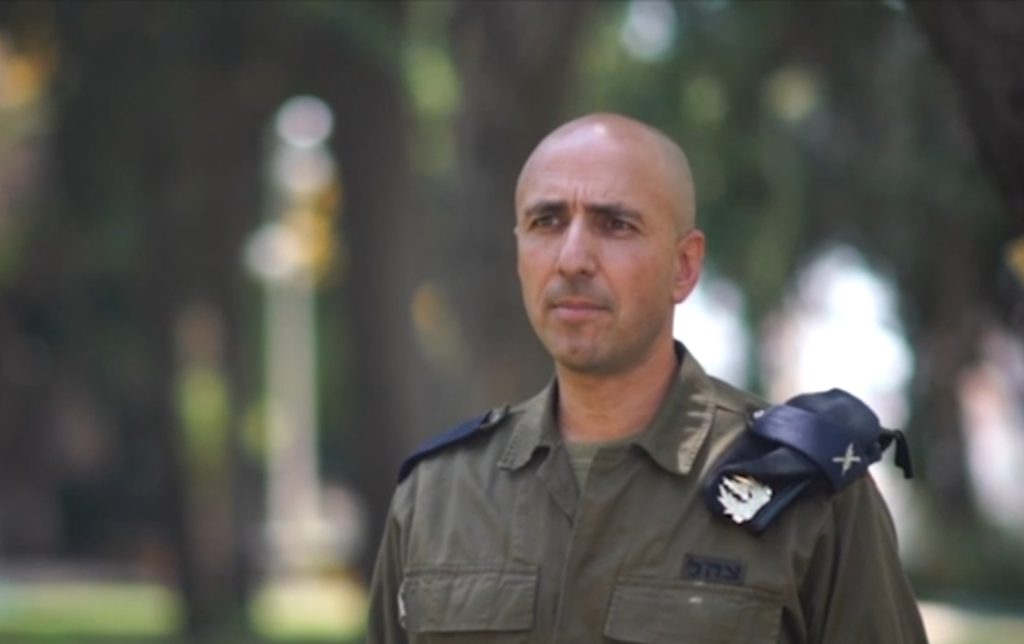Analysis
Carter in Sudan: A photo-journalist’s moment of fame and despair

The photograph of a vulture stalking a starving child in Sudan, taken by Kevin Carter in 1993, is one of the most haunting and iconic images in the history of photojournalism.
The image, which won the Pulitzer Prize for Feature Photography in 1994, has been the subject of intense debate and analysis over the years.
While some have criticized Carter for not helping the child, others see the photograph as a powerful document of the human cost of war.
The Context: Sudan’s Civil War and Famine
In the early 1990s, Sudan was embroiled in a brutal civil war between the government and rebel forces.
The conflict had devastating consequences, including widespread famine, displacement, and human rights abuses. The United Nations estimated that over 2 million people died during the conflict, with many more displaced or affected.
Kevin Carter, a South African photographer, was working for the New York Times in Sudan during this period.
He had been documenting the crisis, capturing images of the devastating impact of war on civilians.
On March 1, 1993, Carter was in the village of Ayod, in southern Sudan, when he took the iconic photograph.
The Scene: A Vulture Watches a Starving Child
Carter had been traveling with a group of rebels and had stopped to rest. While waiting, he noticed a vulture perched nearby, watching a young child who was struggling to walk.
The child, estimated to be around 3-4 years old, was emaciated and weak, a victim of the famine that had ravaged the region.
The emaciated child was crawling towards a UN feeding centre when he lost every sinew of strength to continue.
Carter took a few steps back and framed the shot, capturing the haunting image of the vulture looming over the child.
The Controversy: Criticism and Debate
The photograph sparked intense debate and outrage. Many criticized Carter for not helping the child, accusing him of prioritizing the shot over the child’s well-being.
Carter later explained that he had been about 20 feet away from the child and had chased the vulture away after taking the photo.
He also stated that he had been in a situation where he was unable to help the child, as he was surrounded by rebels and was unsure of the child’s fate.
The Aftermath: Pulitzer Prize and Personal Toll
The photograph won the Pulitzer Prize for Feature Photography in 1994. However, the controversy surrounding the image took a toll on Carter.
He struggled with depression and eventually took his own life in 2014, at the age of 33. Carter’s death was a tragic reminder of the personal cost of war and the impact it can have on those who document it.
The Legacy: A Powerful Document of War’s Human Cost
Carter’s photograph remains one of the most iconic and disturbing images in the history of photojournalism.
It has been credited with raising awareness about the crisis in Sudan and the impact of war on civilians, particularly children.
The image has also always sparked debate about the role of photojournalism in documenting conflict and the responsibility of photographers to intervene in situations where human life is at risk.
For Diaspora Digital Media Updates click on Whatsapp, or Telegram. For eyewitness accounts/ reports/ articles, write to: citizenreports@diasporadigitalmedia.com. Follow us on X (Fomerly Twitter) or Facebook












